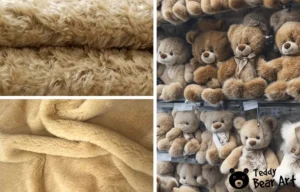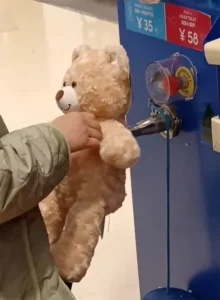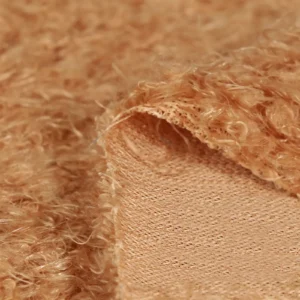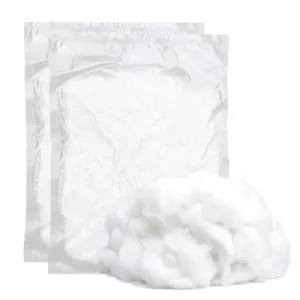Old stuffed toys carry more than just childhood memories—they often represent comfort, nostalgia, and countless hours of imaginative play. But as time passes, these plush companions can accumulate dust, lose their fluff, or simply be outgrown. So, what do you do with old stuffed toys once they no longer spark joy or fit into your living space? This guide dives deep into the best ways to reuse, donate, recycle, and refurbish those cherished plushies, ensuring they get a second life in a meaningful and eco-friendly way.
In short, old stuffed toys can be creatively repurposed, safely donated, or responsibly recycled. You can clean and repair them to extend their lifespan or turn them into decor and crafts. Avoiding harmful disposal and understanding emotional values helps maximize their positive impact.
Imagine a little girl clutching a teddy bear her grandmother gifted decades ago—this bear has been a source of comfort and joy through the years. What happens when that bear becomes worn out or unwanted? Let’s explore how to honor the stories these toys carry while making room for new memories.
1. What Are the Best Ways to Reuse or Repurpose Old Stuffed Toys?
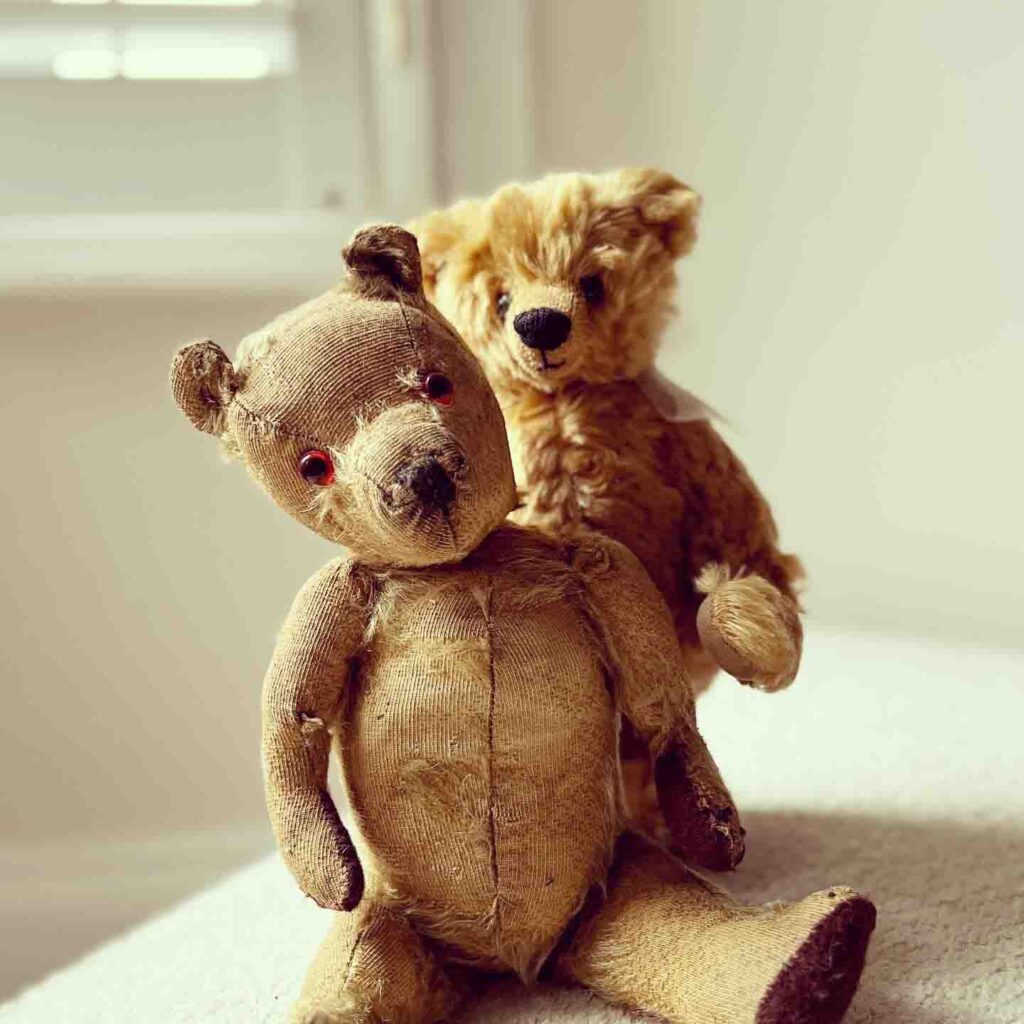
Old stuffed toys can be creatively repurposed into unique home decor, pillows, or craft projects, giving them new life beyond playtime.
Creative and Practical Repurposing Ideas
- Transforming Plush Toys into Decorative Pillows or Cushions By removing the stuffing and sewing the fabric into cushions, you can create quirky and sentimental decor pieces that preserve the toy’s fabric and pattern. This also reduces waste and adds character to your living space.
- DIY Plush Toy Remakes: Turning Stuffed Animals into Bags or Keychains Smaller plush toys or parts of larger ones can be made into keychains, zipper pulls, or small pouches, providing a trendy way to carry memories daily.
- Plush Toy Art and Wall Hangings Some artists use old stuffed animals to create wall-mounted art, collages, or shadow boxes, preserving the toy’s essence in a visually striking format.
- Donating Parts for Craft Materials Fabrics from old toys can be used by crafters for patchwork, quilting, or doll making, promoting sustainable art practices.
- Considerations: While repurposing is creative, evaluate the condition and hygiene of the toy first. Toys that are too damaged or dirty might be better suited for recycling or disposal. Repurposing Method Description Considerations Transforming Plush Toys into Decorative Pillows or Cushions Remove stuffing and sew fabric into cushions, preserving patterns and adding unique home decor. Reduces waste; adds character to living space. DIY Plush Toy Remakes: Bags or Keychains Convert smaller toys or parts into keychains, zipper pulls, or pouches for daily use. Trendy and sentimental accessory ideas. Plush Toy Art and Wall Hangings Use old stuffed animals to create wall-mounted art, collages, or shadow boxes. Preserves toy’s essence in visual art form. Donating Parts for Craft Materials Provide fabric scraps to crafters for patchwork, quilting, or doll making. Supports sustainable and creative reuse. General Considerations Evaluate condition and hygiene before repurposing; very damaged or dirty toys may need recycling. Safety and cleanliness must be ensured.
| Repurposing Method | Description | Considerations |
|---|---|---|
| Transforming Plush Toys into Decorative Pillows or Cushions | Remove stuffing and sew fabric into cushions, preserving patterns and adding unique home decor. | Reduces waste; adds character to living space. |
| DIY Plush Toy Remakes: Bags or Keychains | Convert smaller toys or parts into keychains, zipper pulls, or pouches for daily use. | Trendy and sentimental accessory ideas. |
| Plush Toy Art and Wall Hangings | Use old stuffed animals to create wall-mounted art, collages, or shadow boxes. | Preserves toy’s essence in visual art form. |
| Donating Parts for Craft Materials | Provide fabric scraps to crafters for patchwork, quilting, or doll making. | Supports sustainable and creative reuse. |
| General Considerations | Evaluate condition and hygiene before repurposing; very damaged or dirty toys may need recycling. | Safety and cleanliness must be ensured. |
2. How Can You Donate or Gift Old Stuffed Toys Safely?
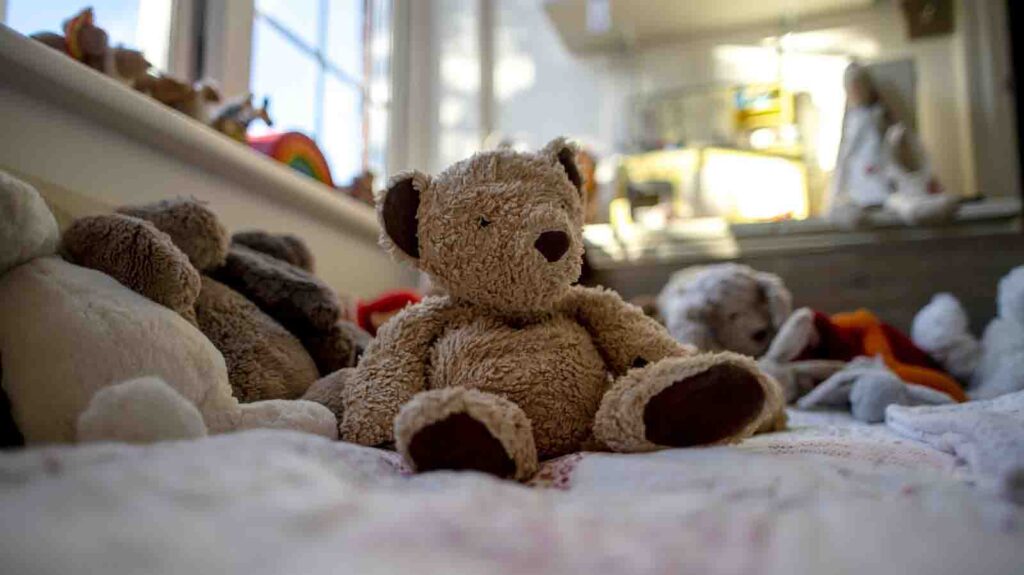
You can donate old stuffed toys to charities, shelters, or hospitals after thoroughly cleaning and inspecting them to meet hygiene and safety standards.
- Identifying Suitable Donation Centers Organizations like children’s hospitals, homeless shelters, and foster care programs often welcome clean, gently used toys. However, verify each organization’s specific guidelines, as some have strict policies on toy conditions.
- Cleaning and Sanitizing Protocols Washing stuffed toys in hot water, using sanitizing sprays, or even professional cleaning ensures they are free from germs and allergens, making them safe for recipients.
- Inspecting for Damage and Safety Hazards Remove broken parts, loose stitching, or small choking hazards like buttons to comply with safety regulations.
- Gifting vs. Donating: When to Choose Which Gifting to family or friends can be a more personal way to pass on toys, but ensure the recipient values and cares for the item. Donation is ideal when you want to give back to the community.
- Legal and Ethical Considerations Avoid donating toys that could cause harm or disappointment, such as those with odors, stains, or pet hair, to maintain the dignity of recipients. Topic Details Identifying Suitable Donation Centers Children’s hospitals, homeless shelters, and foster care programs welcome clean, gently used toys. Confirm their specific toy condition policies. Cleaning and Sanitizing Protocols Wash toys in hot water, use sanitizing sprays, or opt for professional cleaning to remove germs and allergens. Inspecting for Damage and Safety Hazards Remove broken parts, loose stitching, and small choking hazards like buttons to ensure safety compliance. Gifting vs. Donating: When to Choose Which Gift to family or friends for personal connection; donate to community organizations to give back. Ensure recipients value the items. Legal and Ethical Considerations Avoid donating toys with odors, stains, or pet hair to protect recipients’ dignity and safety.
| Topic | Details |
|---|---|
| Identifying Suitable Donation Centers | Children’s hospitals, homeless shelters, and foster care programs welcome clean, gently used toys. Confirm their specific toy condition policies. |
| Cleaning and Sanitizing Protocols | Wash toys in hot water, use sanitizing sprays, or opt for professional cleaning to remove germs and allergens. |
| Inspecting for Damage and Safety Hazards | Remove broken parts, loose stitching, and small choking hazards like buttons to ensure safety compliance. |
| Gifting vs. Donating: When to Choose Which | Gift to family or friends for personal connection; donate to community organizations to give back. Ensure recipients value the items. |
| Legal and Ethical Considerations | Avoid donating toys with odors, stains, or pet hair to protect recipients’ dignity and safety. |
3. Are There Eco-Friendly Methods to Recycle or Dispose of Stuffed Toys?

Recycling stuffed toys involves separating materials like fabric, stuffing, and plastic components, which can then be processed into new products or safely disposed of through textile recycling programs.
Environmental Impact and Recycling Solutions
- Understanding Textile Recycling Facilities Not all recycling centers accept stuffed toys, as they combine different materials. Specialized textile recyclers can handle mixed fibers and foam filling, turning them into insulation, stuffing for new products, or industrial rags.
- Municipal Recycling Options vs. Specialized Programs Check local recycling guidelines. Some cities offer textile collection bins or partner with nonprofits that accept plush toys.
- Innovations in Plush Toy Recycling Brands and startups increasingly explore biodegradable stuffing and recyclable fabrics, encouraging circular economy models.
- Downcycling vs. Upcycling Recycling may result in downcycled products of lower quality, whereas upcycling (creative repurposing) adds more value and lifespan.
- Avoiding Landfill Landfilling plush toys contributes to environmental harm due to synthetic fibers that don’t decompose easily. Topic Details Understanding Textile Recycling Facilities Specialized recyclers process mixed fibers and foam stuffing into insulation, new stuffing, or industrial rags. Not all centers accept stuffed toys. Municipal Recycling Options vs. Specialized Programs Local recycling programs may offer textile bins; nonprofits sometimes accept plush toys for recycling or reuse. Check local guidelines. Innovations in Plush Toy Recycling Emerging use of biodegradable stuffing and recyclable fabrics supports circular economy and sustainability. Downcycling vs. Upcycling Recycling often leads to lower-quality downcycled products; upcycling creatively extends toy life and value. Avoiding Landfill Disposing toys in landfill harms environment due to non-decomposable synthetic fibers.
| Topic | Details |
|---|---|
| Understanding Textile Recycling Facilities | Specialized recyclers process mixed fibers and foam stuffing into insulation, new stuffing, or industrial rags. Not all centers accept stuffed toys. |
| Municipal Recycling Options vs. Specialized Programs | Local recycling programs may offer textile bins; nonprofits sometimes accept plush toys for recycling or reuse. Check local guidelines. |
| Innovations in Plush Toy Recycling | Emerging use of biodegradable stuffing and recyclable fabrics supports circular economy and sustainability. |
| Downcycling vs. Upcycling | Recycling often leads to lower-quality downcycled products; upcycling creatively extends toy life and value. |
| Avoiding Landfill | Disposing toys in landfill harms environment due to non-decomposable synthetic fibers. |
4. What Are the Emotional and Psychological Benefits of Keeping or Passing On Stuffed Toys?

Stuffed toys often carry sentimental value, offering emotional comfort and continuity across generations when kept or passed on thoughtfully.
Sentimental Value and Psychological Effects
- The Role of Transitional Objects in Childhood Stuffed toys often serve as “transitional objects” that provide security, helping children cope with change or stress.
- Passing Down Toys to Foster Connection Giving old toys to younger family members can create bonds and shared stories, preserving family heritage.
- Therapeutic Uses in Adults and Children For some adults, stuffed toys symbolize emotional support or nostalgia, aiding mental well-being.
- Deciding When to Let Go Emotional attachment can make parting difficult. Reflect on whether the toy brings joy or clutter to decide its fate.
- Balancing Sentimentality and Practicality Keeping a select few meaningful toys while responsibly repurposing or donating the rest can honor memories without overwhelming space. Topic Details The Role of Transitional Objects in Childhood Stuffed toys provide comfort and security, helping children manage change and stress. Passing Down Toys to Foster Connection Sharing toys with younger family members builds bonds and preserves family stories. Therapeutic Uses in Adults and Children For adults, plush toys can offer emotional support and nostalgia, aiding mental well-being. Deciding When to Let Go Reflect on whether toys bring joy or clutter to make mindful decisions about keeping or parting. Balancing Sentimentality and Practicality Keep a few meaningful toys and repurpose or donate the rest to honor memories without clutter.
| Topic | Details |
|---|---|
| The Role of Transitional Objects in Childhood | Stuffed toys provide comfort and security, helping children manage change and stress. |
| Passing Down Toys to Foster Connection | Sharing toys with younger family members builds bonds and preserves family stories. |
| Therapeutic Uses in Adults and Children | For adults, plush toys can offer emotional support and nostalgia, aiding mental well-being. |
| Deciding When to Let Go | Reflect on whether toys bring joy or clutter to make mindful decisions about keeping or parting. |
| Balancing Sentimentality and Practicality | Keep a few meaningful toys and repurpose or donate the rest to honor memories without clutter. |
5. How to Clean and Refurbish Old Stuffed Toys for Continued Use?

Cleaning and refurbishing old stuffed toys extends their usability, improves hygiene, and restores their appearance safely.
Effective Cleaning and Repair Techniques
- Choosing the Right Cleaning Method by Material Machine washable toys can be cleaned in gentle cycles with mild detergent; delicate or non-washable toys may require hand washing or spot cleaning.
- Sanitizing Without Damage Use fabric-safe disinfectants or steam cleaning to remove germs while preserving softness.
- Repairing Tears, Loose Seams, and Missing Parts Simple sewing kits allow you to patch up holes. Replacement eyes or noses can be bought from craft stores.
- Professional Refurbishment Services For valuable or heirloom toys, consider professional cleaning and restoration for optimal care.
- Safety Checks Post-Refurbishment Ensure all repairs are secure to avoid choking hazards, especially if the toy is for children. Topic Details Choosing the Right Cleaning Method by Material Machine washable toys: gentle cycle with mild detergent; delicate toys: hand wash or spot clean. Sanitizing Without Damage Use fabric-safe disinfectants or steam cleaning to remove germs while maintaining softness. Repairing Tears, Loose Seams, and Missing Parts Patch holes with sewing kits; replace eyes or noses with craft store supplies. Professional Refurbishment Services Consider professional cleaning and restoration for valuable or heirloom toys. Safety Checks Post-Refurbishment Confirm all repairs are secure to prevent choking hazards, especially for children’s toys.
| Topic | Details |
|---|---|
| Choosing the Right Cleaning Method by Material | Machine washable toys: gentle cycle with mild detergent; delicate toys: hand wash or spot clean. |
| Sanitizing Without Damage | Use fabric-safe disinfectants or steam cleaning to remove germs while maintaining softness. |
| Repairing Tears, Loose Seams, and Missing Parts | Patch holes with sewing kits; replace eyes or noses with craft store supplies. |
| Professional Refurbishment Services | Consider professional cleaning and restoration for valuable or heirloom toys. |
| Safety Checks Post-Refurbishment | Confirm all repairs are secure to prevent choking hazards, especially for children’s toys.Topic Details Donating Toys Without Proper Cleaning Can spread germs and allergens, harming recipients and donor trust. Ignoring Safety Hazards Small parts, broken seams, or toxic materials may cause choking or poisoning risks. Throwing Toys in Regular Trash Contributes to landfill buildup and environmental pollution due to non-biodegradable fibers. Burning Toys Releases harmful toxins and is environmentally dangerous. Overlooking Local Disposal Guidelines Following local waste rules ensures responsible disposal and better recycling outcomes. |
6. What Should You Avoid When Handling or Disposing of Old Stuffed Toys?
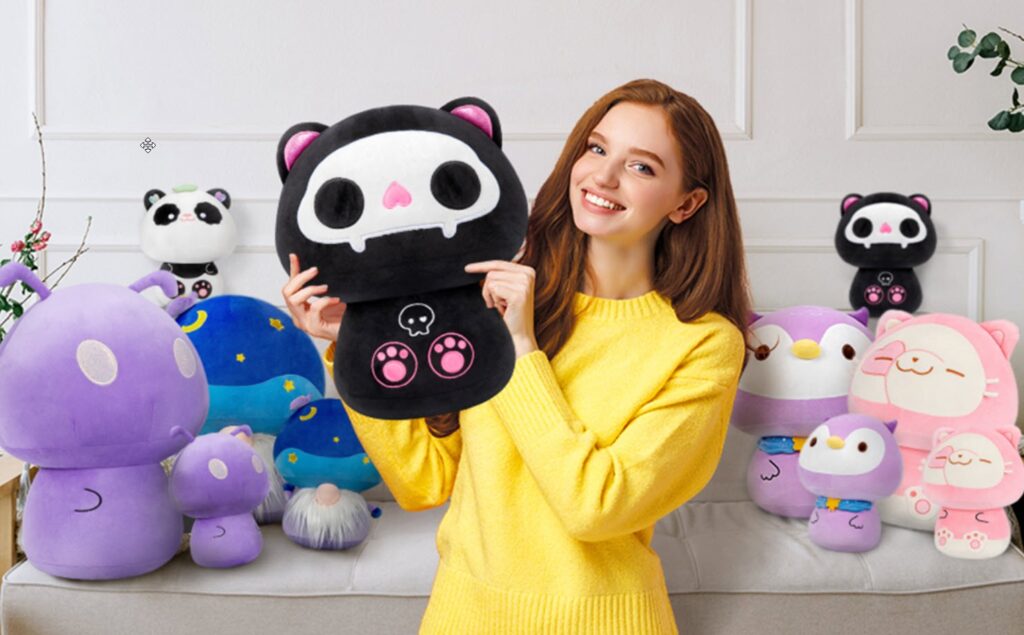
Avoid donating or gifting toys that are heavily damaged, dirty, or pose safety risks, and refrain from disposing of them in ways harmful to the environment.
Common Mistakes and Harmful Practices
- Donating Toys Without Proper Cleaning This can spread germs and cause allergic reactions, damaging trust between donors and recipients.
- Ignoring Safety Hazards Small parts, broken seams, or toxic materials can pose choking or poisoning risks.
- Throwing Toys in Regular Trash Leads to landfill buildup and environmental pollution due to non-biodegradable components.
- Burning Toys Releases harmful toxins and should never be done.
- Overlooking Local Disposal Guidelines Following municipal waste rules ensures responsible handling and maximizes recycling chances. Topic Details Donating Toys Without Proper Cleaning Can spread germs and allergens, harming recipients and donor trust. Ignoring Safety Hazards Small parts, broken seams, or toxic materials may cause choking or poisoning risks. Throwing Toys in Regular Trash Contributes to landfill buildup and environmental pollution due to non-biodegradable fibers. Burning Toys Releases harmful toxins and is environmentally dangerous. Overlooking Local Disposal Guidelines Following local waste rules ensures responsible disposal and better recycling outcomes.
| Topic | Details |
|---|---|
| Donating Toys Without Proper Cleaning | Can spread germs and allergens, harming recipients and donor trust. |
| Ignoring Safety Hazards | Small parts, broken seams, or toxic materials may cause choking or poisoning risks. |
| Throwing Toys in Regular Trash | Contributes to landfill buildup and environmental pollution due to non-biodegradable fibers. |
| Burning Toys | Releases harmful toxins and is environmentally dangerous. |
| Overlooking Local Disposal Guidelines | Following local waste rules ensures responsible disposal and better recycling outcomes. |
Conclusion
Old stuffed toys don’t have to be forgotten or discarded carelessly. With thoughtful repurposing, safe donation, and responsible recycling, you can honor the memories they hold while contributing to environmental sustainability and social good. Whether you want to upcycle plushies into unique decor, donate to a charity, or refurbish for continued use, the options are abundant.
If you’re interested in custom plush toy solutions—be it for unique designs, sustainable materials, or innovative production—reach out to Kinwin for tailored products crafted with quality, safety, and eco-consciousness in mind. Let us help you create plush toys that make a lasting impact.




